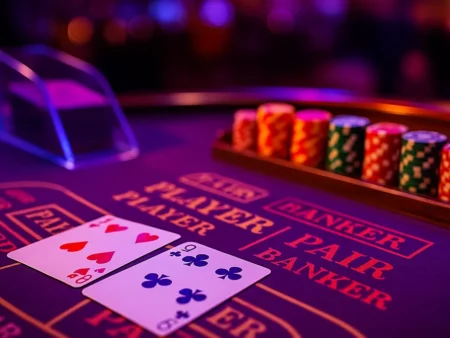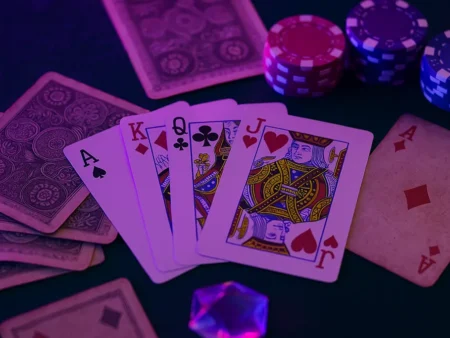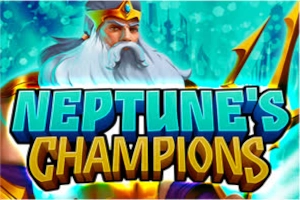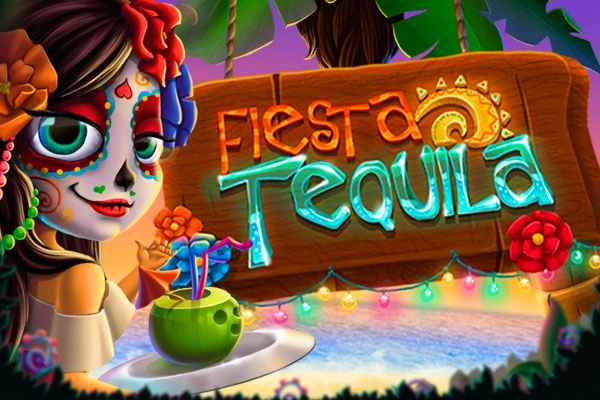Gambling has been woven into the fabric of human culture since the dawn of civilization. Across different eras and regions, it has manifested in various forms, from simple dice games to elaborate casino operations. This article delves deeply into the historical progression of gambling, offering a richly detailed narrative that spans thousands of years, alongside intriguing facts and scientific insights.
The History of Gambling: From Ancient Rituals to Modern Casinos
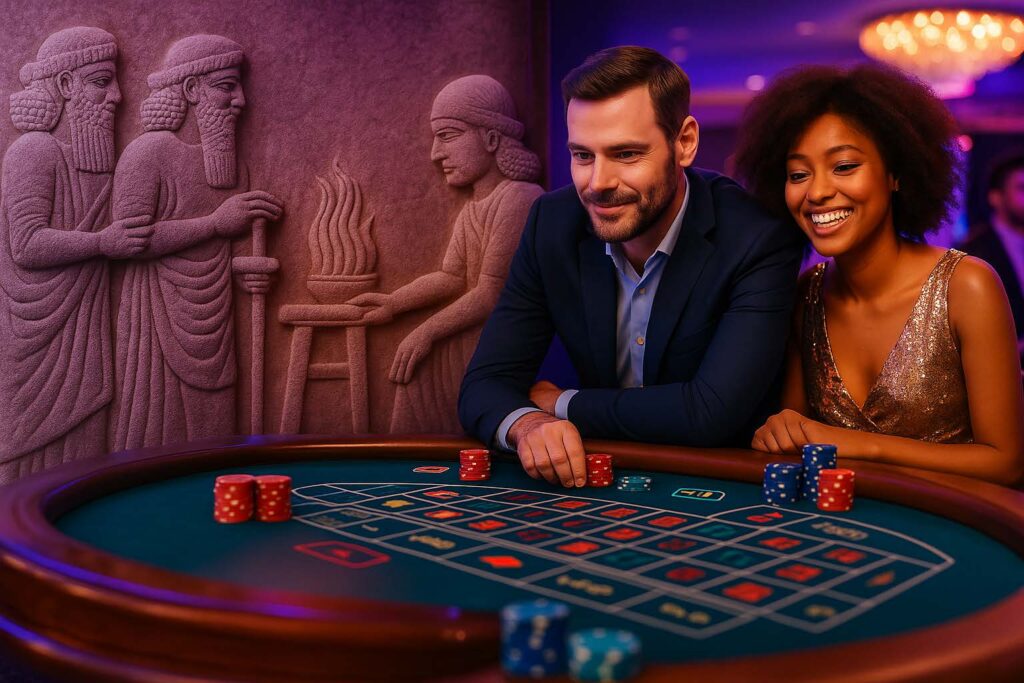
Origins of Gambling: Prehistoric to Ancient Times
The earliest evidence of gambling dates to around 3000 BCE in Mesopotamia, where six-sided dice crafted from animal bones—known as astragali—were used both for entertainment and divination. Archaeological finds include stone gaming boards in Jordan and Egypt, revealing the ancient roots of structured gaming.
In ancient Egypt, gambling was both a pastime and a ritualistic act. The game of Senet, dating back to 3100 BCE, is one of the oldest known board games, and its presence in royal tombs indicates a spiritual dimension, believed to help the dead navigate the afterlife.
China’s contribution to gambling history is profound. Excavations suggest that rudimentary lottery systems were in place by 2000 BCE, potentially financing public works. By the Tang Dynasty, the Chinese had developed sophisticated gambling forms, including “white pigeon ticket” lotteries, which laid the groundwork for modern-day keno. In India, ancient texts like the Mahabharata (written around 400 BCE) describe high-stakes dice games, highlighting gambling’s deep cultural significance and its potential for both social bonding and personal ruin.
The Classical Era: Gambling in Greece and Rome
In ancient Greece, gambling was a pervasive part of daily life, with dice and board games featured in literature and mythology. The Romans expanded on these traditions, creating gambling venues and integrating betting into major events like chariot races and gladiatorial games. Roman law often sought to curb excessive gambling, but its popularity remained undiminished.
Artifacts such as bronze dice, inscribed with Latin numerals, and gaming tables discovered in Pompeii vividly illustrate the central role gambling played in Roman society.
Medieval and Renaissance Europe: Contradictions and Innovations
During the Middle Ages, gambling was both condemned and encouraged. The Church decried gambling as sinful, yet monarchs and nobles used lotteries to finance state initiatives. Lotteries funded significant projects, including the defense of cities and the building of cathedrals.
The game of Hazard, believed to have been invented during the Crusades, became wildly popular and is a direct ancestor of modern craps. By the Renaissance, playing cards—first appearing in Europe in the 14th century—had evolved into elaborate artistic creations and were central to numerous games of chance.
The Age of Enlightenment and Gambling Halls
The 17th and 18th centuries saw the institutionalization of gambling. In 1638, Venice opened the Ridotto, Europe’s first government-sanctioned gambling house. This period also witnessed the birth of iconic games like roulette and baccarat, which became staples of European gambling culture.
In England, gambling flourished in gentlemen’s clubs, while the proliferation of lotteries funded everything from infrastructure to colonial expeditions. Notably, Harvard and Yale universities benefited from such lotteries, underscoring gambling’s role in educational advancement.
Industrial Revolution and the Slot Machine
The Industrial Revolution brought mechanization to gambling. In 1894, Charles Fey invented the Liberty Bell, the first mechanical slot machine, in San Francisco. This device set the standard for modern slot machines, with its iconic three spinning reels and automatic payouts.
Horse racing, known as the “sport of kings,” also gained prominence during this era, with organized betting becoming a significant economic activity in Britain and the U.S.
20th Century: Las Vegas and Global Expansion
Nevada’s legalization of gambling in 1931 transformed Las Vegas into the epicenter of casino culture. The city’s rapid development into a neon-lit playground for gamblers symbolized the commercialization of chance. Simultaneously, Monte Carlo and Macao emerged as premier gambling destinations.
This period also saw the rise of gambling psychology studies. Concepts like “intermittent reinforcement” and the “near-miss effect” provided insights into why gambling can be so compelling and, at times, addictive.
Digital Age: Online Gambling and New Frontiers
The advent of the internet revolutionized gambling. Online poker rooms, virtual casinos, and sports betting platforms have made gambling accessible globally, while innovations in mobile technology have enabled gaming on the go.
The integration of blockchain and cryptocurrencies has introduced transparency and decentralization, mitigating fraud risks. Augmented and virtual reality are further transforming the gambling landscape, offering immersive and interactive experiences.
Artificial intelligence now plays a crucial role in responsible gambling measures, identifying problematic behaviors and promoting safe gaming environments.
Noteworthy Facts and Artifacts
- The oldest known dice, discovered in Mesopotamia, are over 5,000 years old.
- Roman soldiers often bet their wages on dice and games during military campaigns.
- In 1569, the first English state lottery was drawn, authorized by Queen Elizabeth I to fund port improvements.
- The Liberty Bell slot machine awarded payouts of up to 50 cents, a significant sum at the time.
- Research shows that gambling activates brain regions linked to reward processing, similar to those triggered by food.
- In ancient China, a form of keno helped fund the Great Wall’s construction.
- The term “jackpot” originated from a 19th-century poker game variation where a player needed two jacks to start betting.
- A Roman mosaic discovered in Pompeii features two men playing a game strikingly similar to modern backgammon.
Conclusion: The Enduring Allure of Gambling
From sacred rituals to high-tech casinos, gambling has continuously evolved while maintaining its core appeal: the thrill of chance. Its history reflects broader societal changes, technological advancements, and timeless human desires. As we look to the future, the gambling industry’s blend of tradition and innovation ensures it will remain a significant part of human culture for generations to come.
Cookie Consent
We use cookies to improve your experience on our site. By using our site, you consent to cookies.
Cookie Preferences
Manage your cookie preferences below:
Essential cookies enable basic functions and are necessary for the proper function of the website.
Statistics cookies collect information anonymously. This information helps us understand how visitors use our website.
Google Analytics is a powerful tool that tracks and analyzes website traffic for informed marketing decisions.
Service URL: policies.google.com
Marketing cookies are used to follow visitors to websites. The intention is to show ads that are relevant and engaging to the individual user.
Service URL: slotzone.net
You can find more information in our Cookie Policy and Privacy Policy.
